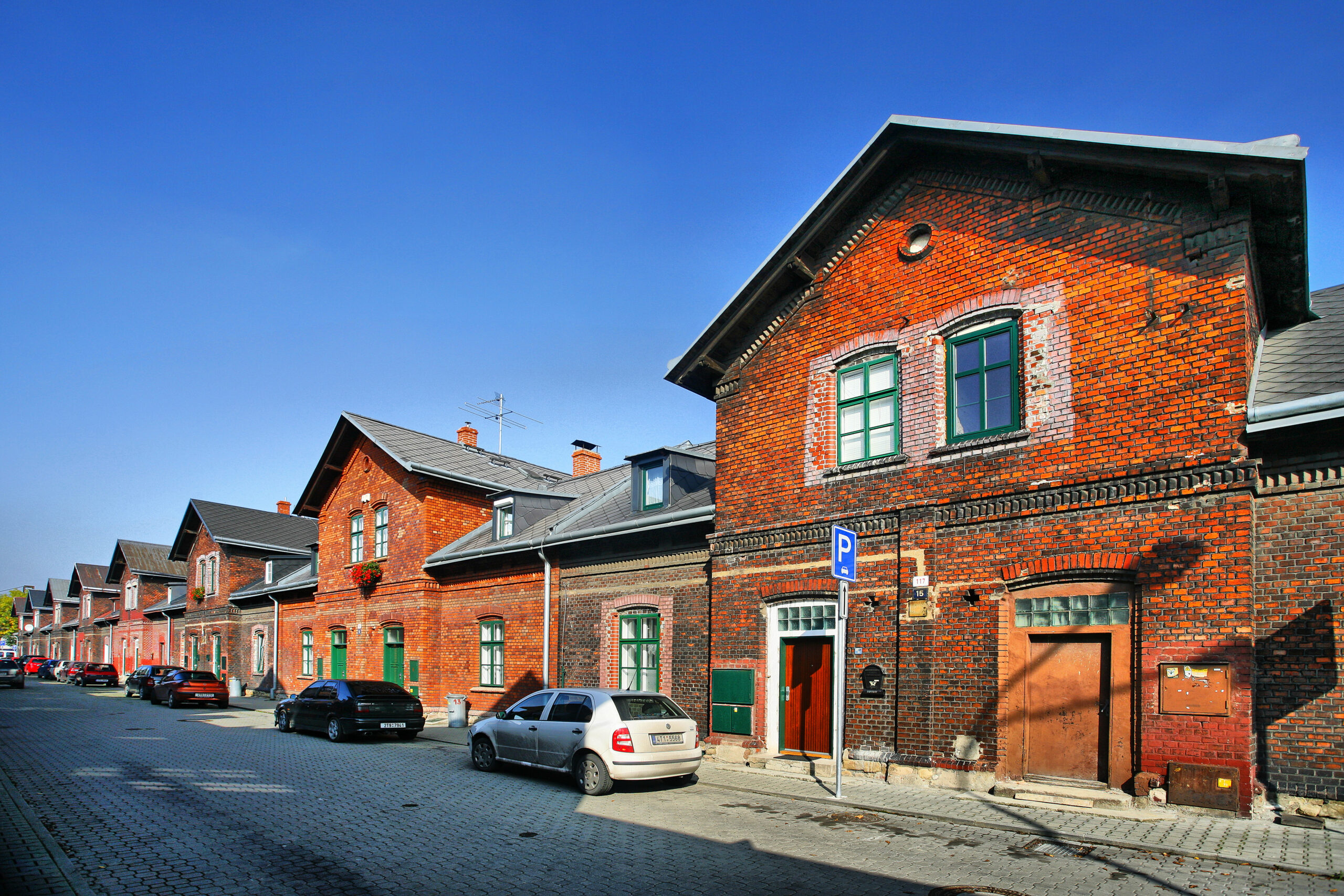Vítkovice Workers’ Colony
Vítkovice, one of the districts of today's Ostrava, is an example of the changes brought about by the Industrial Revolution. The production of iron turned a small village into an industrial centre and this meant the creation of a workers' colony, church, town hall, market, pubs and schools...
Today, Vítkovice has retained its atmosphere and is an urban reserve that has preserved the local colour for future generations – houses built of red brick. Taking a walk here is like taking a trip to the old England of the nineteenth century.
The first mention of Vitkovice dates back to the mid-fourteenth century. The boom came after the Archbishop of Olomouc, Archduke Rudolf, had a blast furnace built here in 1828. Vítkovice was close to everything that was needed: iron ore was mined in the Beskydy Mountains, coal was mined in Ostrava and water was drawn from the Ostravice River. The company was named after its founder, i.e. Rudolf’s Works.
Fifteen years later, a Viennese banker of Jewish origin, Salomon Mayer von Rothschild, bought the company. Vítkovice Ironworks became a supplier of rails for the Ferdinand Northern Railway and Rothschild invested heavily not only in the factory but also in the development of the village, which became a town at the beginning of the twentieth century.
The Rothschild mansion stands near the historic core. The biggest tourist attraction of Ostrava in recent years has become the Dolní oblast Vítkovice, where the old industrial area of the Hlubina Mine and the Vítkovice ironworks is open to the public. Today it is the site of many cultural events, including the Colours of Ostrava festival.
Contact
OSTRAVAINFO!!! - pobočka Věž
Prokešovo náměstí 1803/8
702 00 Ostrava
E-mail: vez@ostravainfo.cz
Web: https://www.ostravainfo.cz
Tel.: +420 599 443 096

